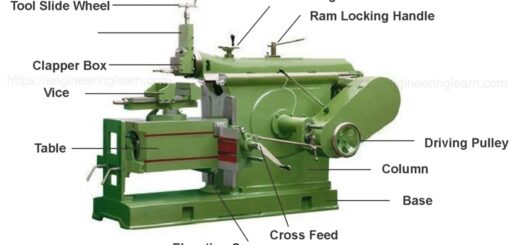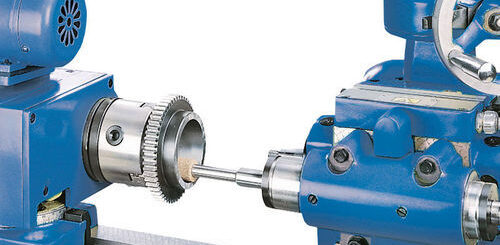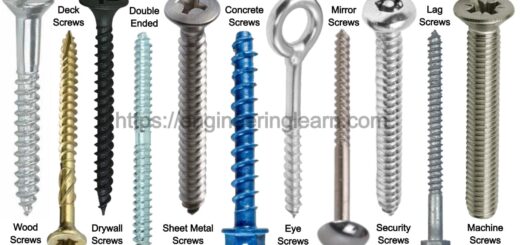Types of Motor Mounts & Their Uses [with Pictures]
![Types of Motor Mounts & Their Uses [with Pictures]](https://engineeringlearn.com/wp-content/uploads/2021/07/Motor-Mounts-1024x539.jpg)
What is Motor Mounts?
Types of Motor Mounts & Their Uses [with Pictures] :- Motor mounts are quite essential components of any machine or vehicle which connects the engine and the chassis. These are designed with an aim to absorb shocks, vibration and noise during the operation, which is very important for preventing the damage to both the motor as well as the chassis. This article will help you in learning about the different types of motor mounts along with their positions, their pros and cons, and comparison. Scroll down to learn more about these mounts.
8 Different Types of Motor Mounts
There are various types of motor mounts which are available in the market and can be selected according to the type of position in which they are found being fit.
1. Solid Rubber Engine Mounts
Solid rubber motor mounts is also termed as transmission mounts and these are the mounts which are specially made of solid rubber cushion that is bolted to the engine transmission along with the chassis through the steel-backed plates. The combination of such materials is responsible for the movement as well as the flexibility and is also found minimizing the shocks to the system. This is the factor which can extend the engine’s motor along with the other components of vehicles. These are the types of motors which are usually found in the cars and trucks.
This type of motor mount which is positioned in such a way to robust and hold the engine in place, to also absorb the vibration and noise well at a comparatively lower cost. Other than the quality, these are the types of motors which if not positioned properly can begin to crack and tear, particularly under a heavy load which generates more movement and reduced performance.
2. Hydraulic Motor Mounts
Hydraulic motor mounts are also termed as hydro motor mounts and is referred to as those motors which are filled with a fluidic gel or liquid. The hydraulic motor mounts are specially designed in order to dampen and absorb the vibrations of the engine before they reach the chassis. The primary use of such motors is to produce abundance of high and low frequency vibration, and are also preferred in vehicles or industries which are found having the noise to be at the minimum level.
These specific types of motor mounts are most popularly used in the automobile, marine and construction industry, as these are the ones which can be tuned in order to offer better performance over a broader range of conditions as compared to the standard rubber engine mounts, that tend to be selected in order to offer excellent performance over a relatively narrow range of conditions.
The components of hydraulic motor mounts are responsible for producing higher production costs result in higher expense. Therefore, they are not that budget-friendly as the fluid is also found to leak and collapse which been known to happen with the extensive use. These are the things which can be mitigated by the correct assessment of the conditions and production of a high quality mount and its position.
These types of motor mounts are found including glycol or hydraulic fluid and every any other type of fluidic substance which can help the motor in better functioning. This type of motor mount is mostly used in the four-cylinder motors with a motive to produce large amounts of vibration or noise. These motor mounts can also be used with any other type of motor while the noise levels can be kept to minimum.
3. Metal Motor Mounts
A metal motor mount is referred to as that motor mount which is found creating a stronger and secure connection within the engine and the chassis which also enables a high amount of power that needs to be transferred to the wheels and which also remains rigid under the condition of heavy load. Whereas, due to the perfect metal-on-metal connection, these are the types of motor mounts which are found transmitting most of the vibrations and noise.
4. Electronic Motor Mounts
Electronic motor mounts are referred to as those motor mounts which are designed in order to vary the stiffness and damping characteristics of the mount and to also reduce the noise and vibration, depending on the type of vehicle or machine and the load which it bears along with its speed. This machinery is monitored and fed back to the control system by the help of using sensors. Various methods of control are used in order to reduce the vibrations of the engine like the vacuum-actuator or a counter shake mechanism.









